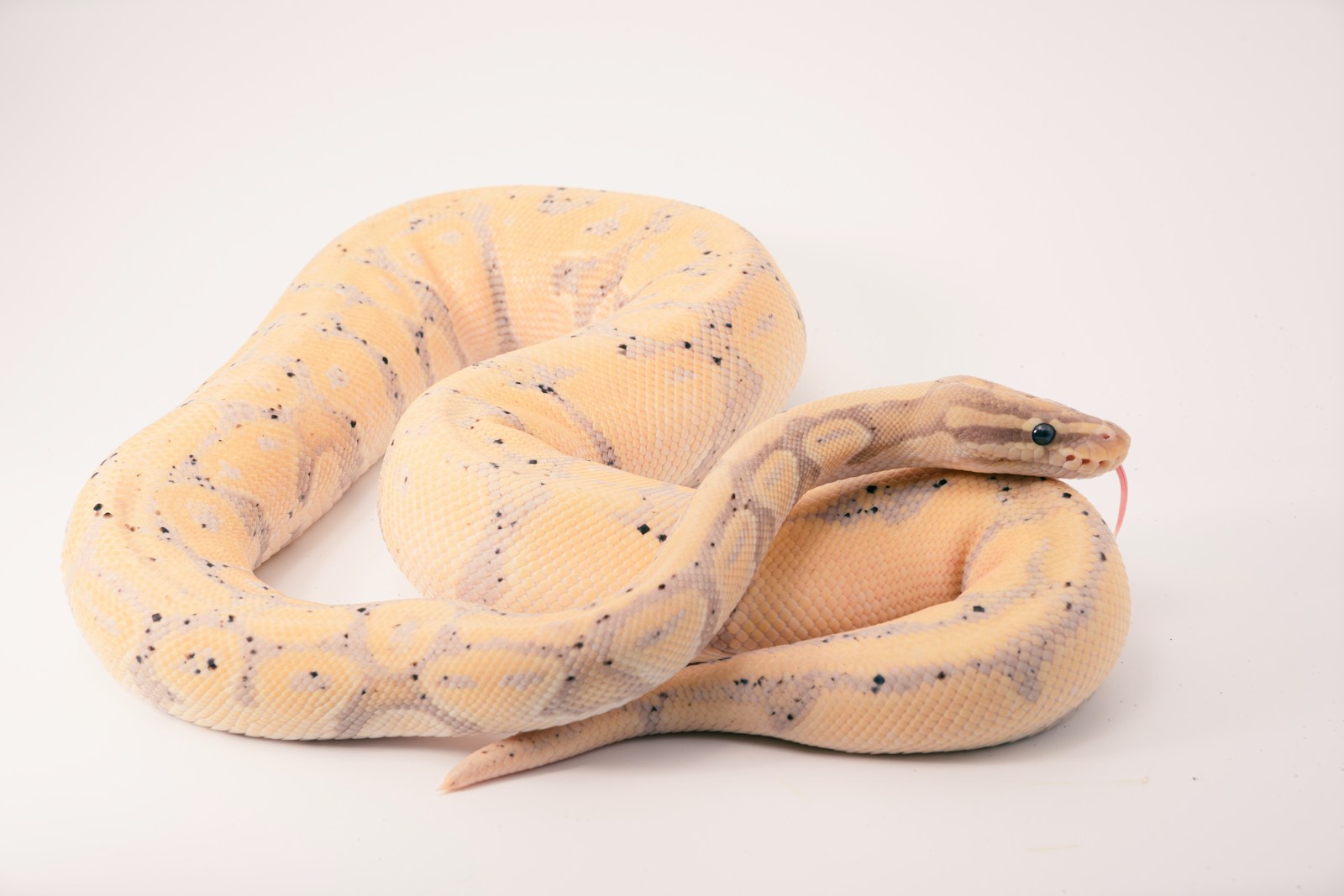In the shadow of our porch lights and beneath our garden sheds, serpentine neighbors often make their homes without our knowledge. The coexistence between humans and snakes has existed for millennia, though it’s frequently characterized by fear rather than understanding. Many homeowners are surprised to discover that certain snake species deliberately choose to live near human dwellings. This fascinating behavior isn’t random but driven by specific ecological advantages our homes inadvertently provide. From abundant food sources to protective shelter, human habitations create ideal microcosms for particular snake species. Understanding why these reptiles find our homes so appealing not only helps us coexist more peacefully but also provides insights into the remarkable adaptability of wildlife in our increasingly urbanized world.
The Attraction of Food Sources

Human homes unintentionally create buffet-style dining opportunities for many snake species. Rodents like mice and rats, which are primary prey for numerous snake species, are drawn to our food waste, pet food, bird feeders, and the warmth of our structures. Garden snakes find slugs, worms, and insects in well-watered lawns and gardens, providing them with reliable hunting grounds. Some properties with compost piles or outdoor animal enclosures inadvertently create ideal habitats for rodents, which subsequently attract predatory snakes. This relationship forms a classic ecological cascade: humans create conditions favorable for rodents and insects, which then attract their natural predators—snakes—completing a food chain that leads directly to our doorsteps.
Shelter and Protection from Predators
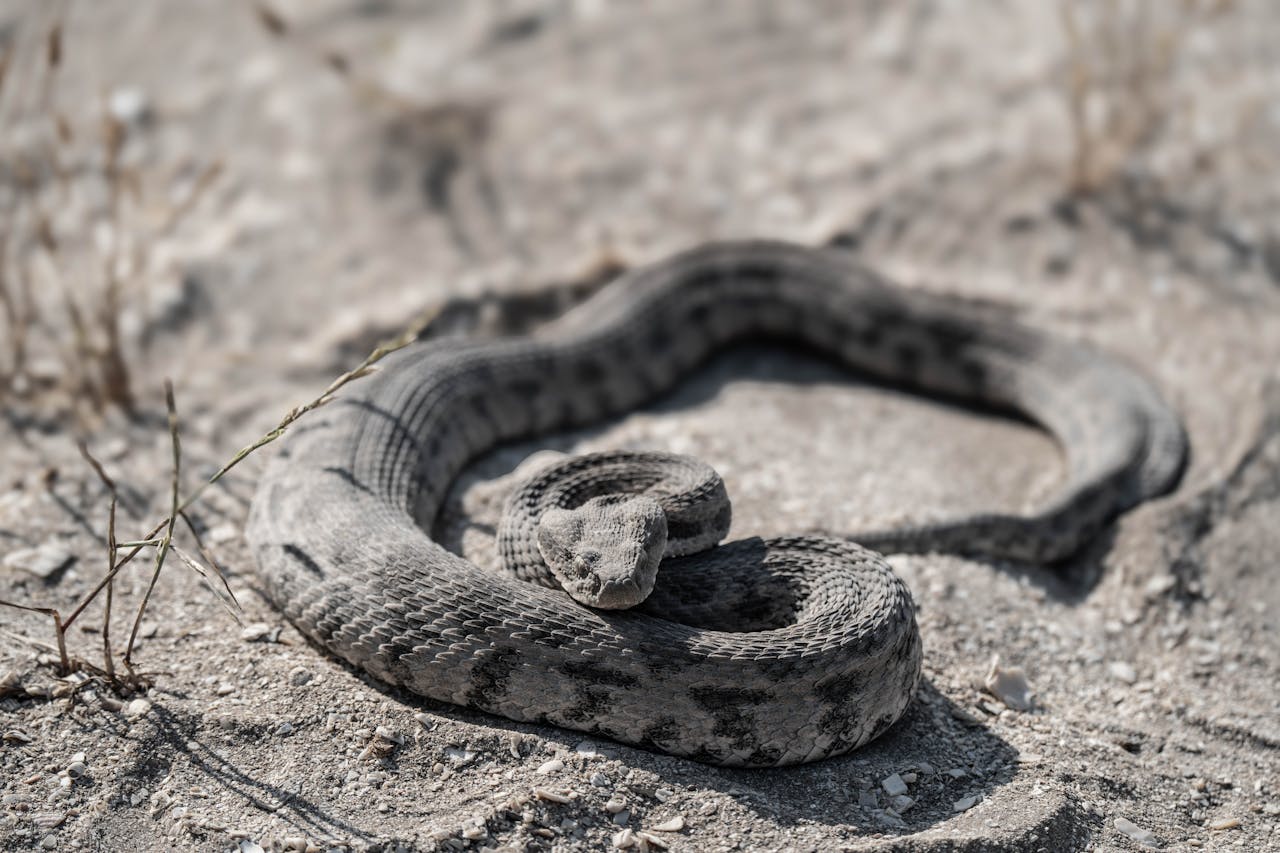
The structural complexity of human settlements offers snakes numerous hiding spots and safe havens from their natural predators. Stone walls, woodpiles, sheds, crawl spaces, and dense foundation plantings provide ideal protection while still allowing snakes access to sunlight for thermoregulation. These artificial structures often mimic the crevices and protected spaces snakes would naturally seek in wild environments but with fewer predators like hawks, owls, and larger mammals that might threaten them. Additionally, many homeowners inadvertently create “snake highways” with decorative rock borders and dense groundcover that allow snakes to move about the property while remaining hidden from aerial predators. In suburban and rural areas where natural habitats have been fragmented, these anthropogenic structures may represent some of the safest available refuges for certain snake species.
Temperature Regulation Benefits
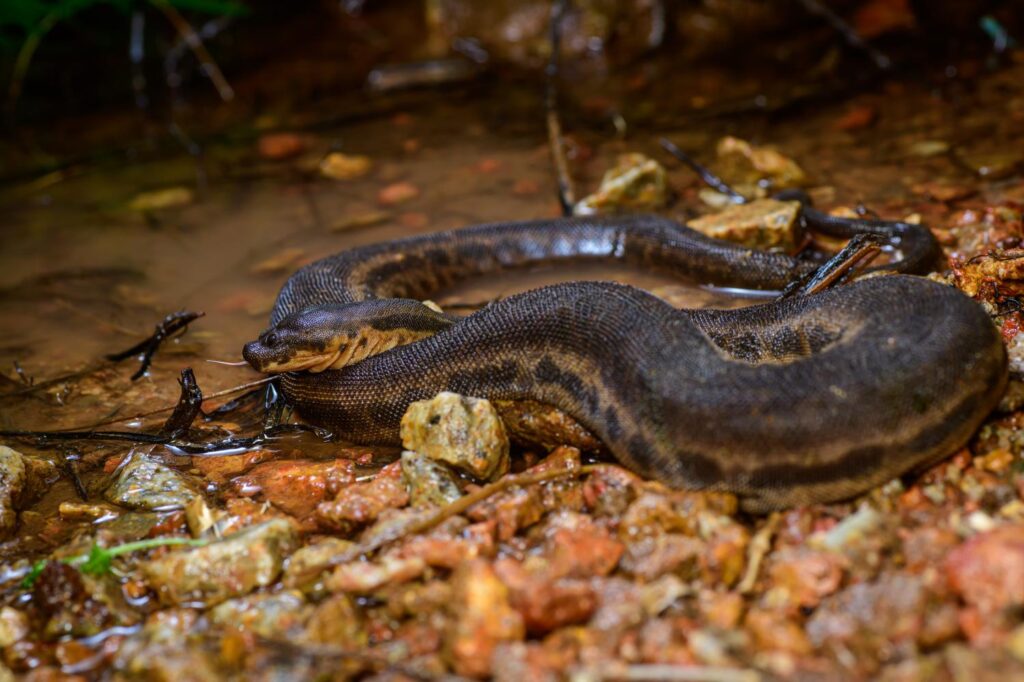
As ectothermic creatures, snakes rely on external heat sources to regulate their body temperature, making human homes particularly attractive thermal environments. Concrete foundations, asphalt driveways, and stone walls absorb solar radiation during the day and release heat gradually, creating ideal basking locations during cooler mornings and evenings. In colder climates, some snakes seek out the warmth radiating from foundations near furnaces, water heaters, or other heat-producing elements of human dwellings. Home gardens with mulch create heat-retaining microhabitats that can extend a snake’s active season in temperate regions. During winter months in northern regions, certain snake species may even find their way into basements, crawl spaces, or wall voids seeking protection from freezing temperatures, sometimes forming hibernation aggregations in particularly favorable locations.
Water Accessibility
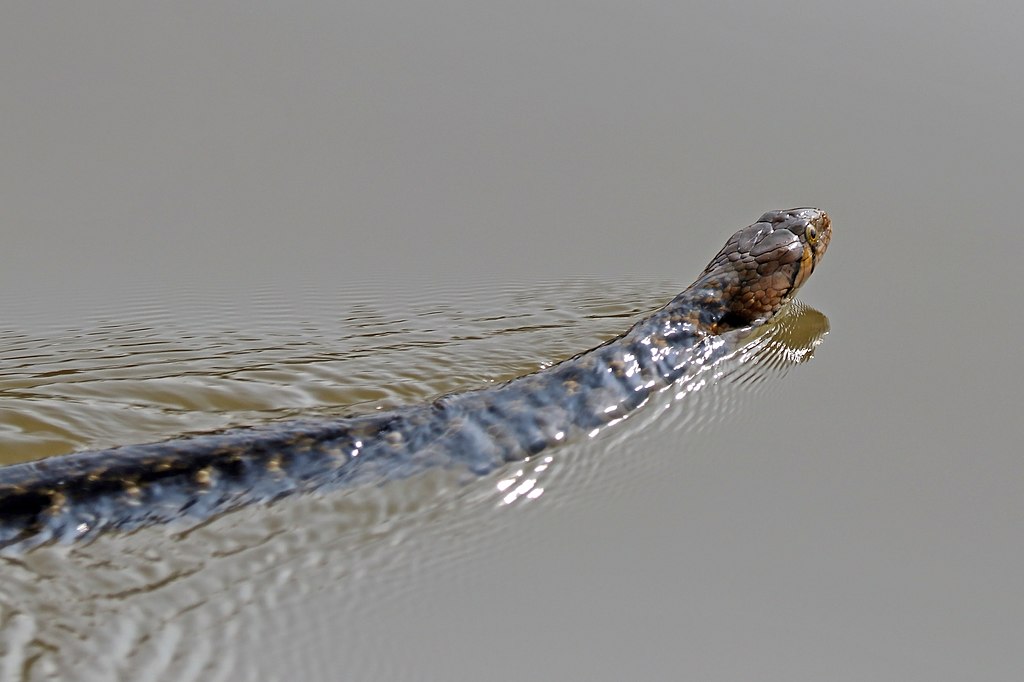
Regular access to water sources represents another significant attraction for snakes around human habitations. Irrigation systems, birdbaths, pet water dishes, ornamental ponds, and even condensation from air conditioning units provide reliable water sources, particularly valuable in arid regions or during drought conditions. These water features not only serve snakes’ hydration needs but also attract amphibians and other moisture-dependent prey animals, creating a complete ecosystem centered around artificial water sources. Garden irrigation creates microhabitats with higher humidity levels that benefit many snake species, particularly those that are vulnerable to desiccation. The combination of consistent water availability and the prey it attracts makes irrigated human landscapes particularly appealing to snake species that might otherwise struggle during dry seasons in natural settings.
Common Snake Species Around Homes
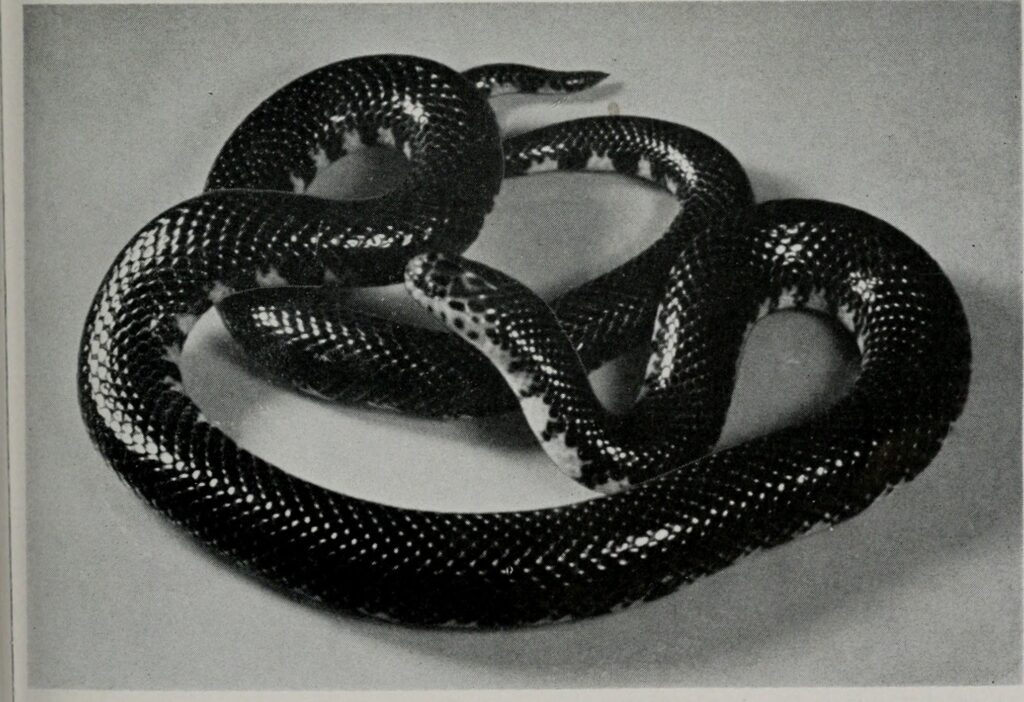
Certain snake species demonstrate stronger tendencies to associate with human habitations than others, with garter snakes (Thamnophis spp.) among the most common and adaptable residential visitors throughout North America. Rat snakes (Pantherophis spp.) frequently inhabit outbuildings, attics, and barns where they provide natural rodent control, sometimes becoming long-term residents that homeowners may recognize as individuals. In warmer regions, various species of kingsnakes (Lampropeltis spp.) may take up residence around homes, offering the beneficial service of predating venomous snakes along with their regular diet of rodents. Smaller species like ring-necked snakes (Diadophis punctatus) often live unobtrusively in garden environments, consuming insects, slugs, and small amphibians without most homeowners ever noticing their presence. These “human-tolerant” species typically share characteristics of adaptability, generalist feeding habits, and relatively mild dispositions that allow them to thrive in anthropogenic environments.
Seasonal Patterns of Snake Presence
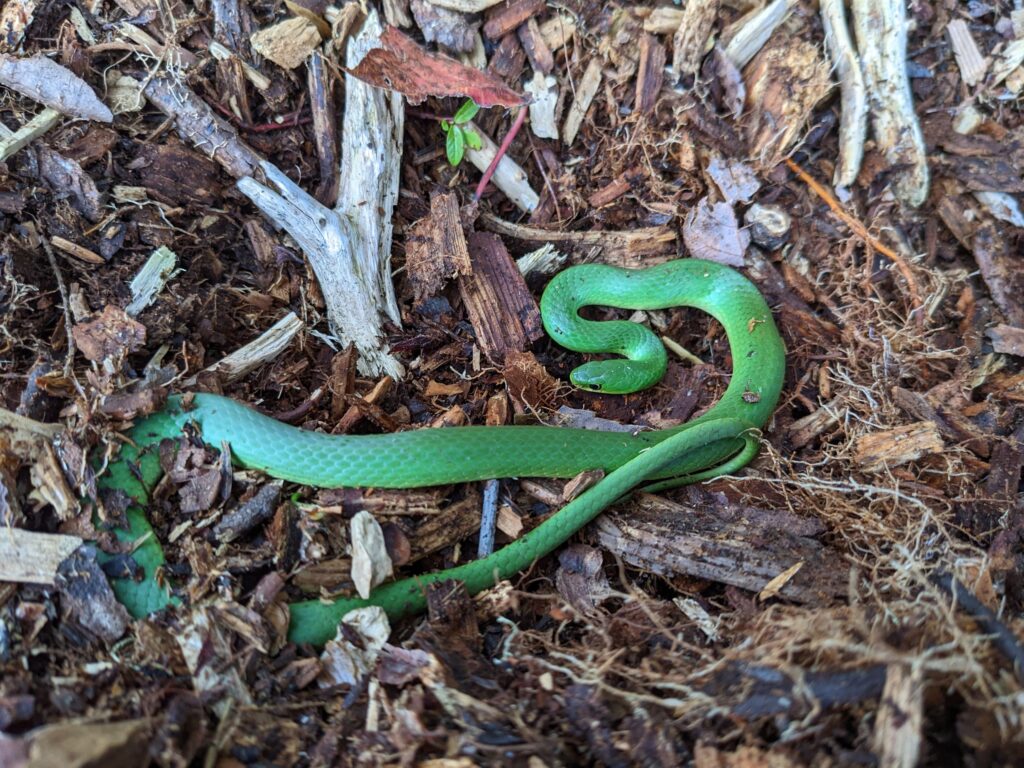
Snake activity around homes typically follows predictable seasonal patterns tied to their biological needs throughout the year. Spring often brings increased sightings as snakes emerge from hibernation, seeking mates and food while basking in sunny locations to raise their body temperature after winter dormancy. Summer may see reduced visibility as many species become more nocturnal to avoid excessive heat, though irrigation systems continue to attract them during this season. Fall triggers increased movement as snakes actively feed to build fat reserves and search for suitable overwintering sites, sometimes leading them to investigate basements, foundation cracks, or other potentially warm refuges. Winter behavior varies dramatically by region and species; in warmer climates, some activity continues year-round, while in colder areas, snakes may enter human structures seeking protection from freezing temperatures or form hibernation aggregations in frost-free locations around foundations or outbuildings.
Urban Adaptation and Behavioral Changes
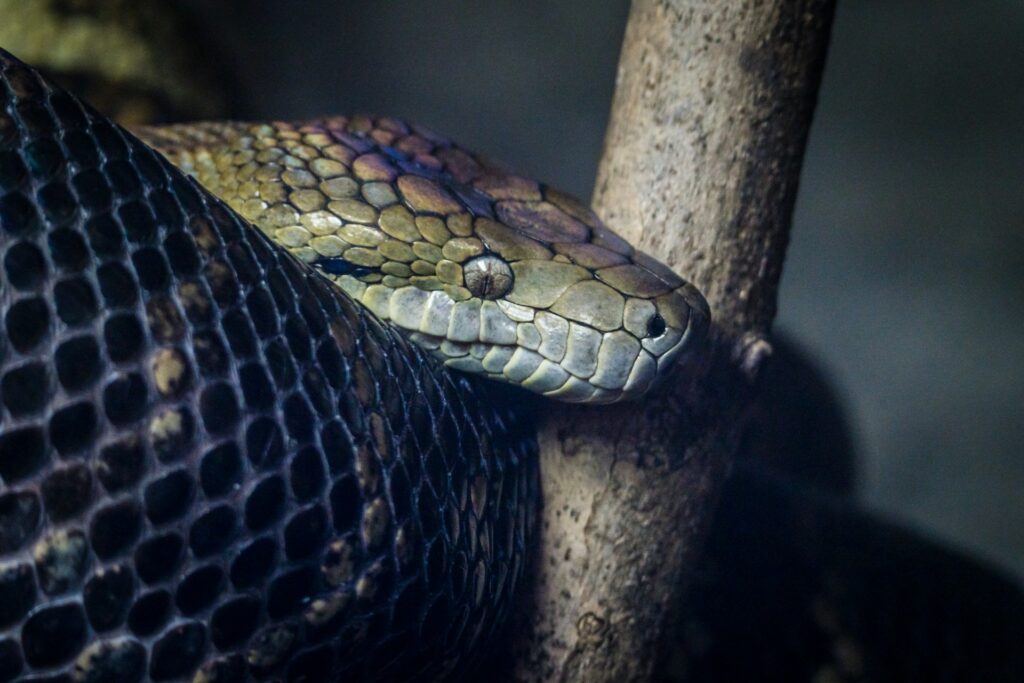
Research increasingly suggests that snakes living in close proximity to humans may develop behavioral adaptations specific to urban and suburban environments. Studies have documented changes in activity patterns, with some urban snake populations becoming more nocturnal to avoid human encounters during daylight hours. Diet specialization sometimes occurs, with certain populations developing preferences for introduced species like house mice or developing techniques to exploit novel food sources around homes. Movement patterns may become more restricted and territorial in residential settings compared to their counterparts in natural areas, with some individuals establishing surprisingly small home ranges centered around particularly favorable microhabitats. Perhaps most interestingly, some researchers have observed potential changes in defensive behaviors, with certain urban snake populations showing decreased defensive responses to human presence—essentially becoming more “habituated” to people over multiple generations.
Ecological Benefits of Snakes Near Homes
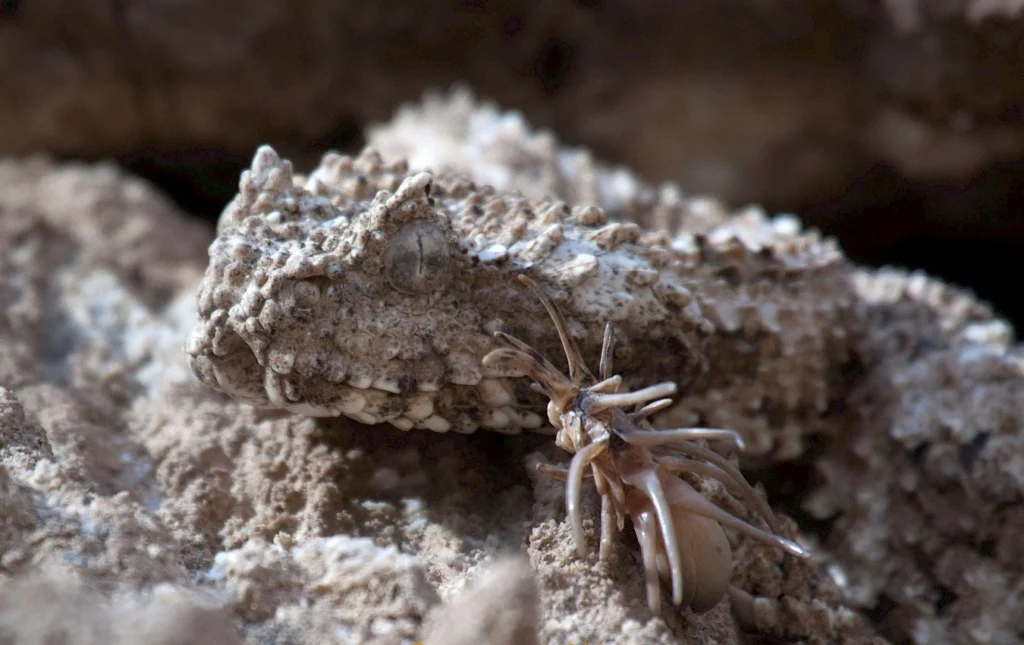
The presence of snakes around human dwellings provides numerous ecological services that often go unappreciated by homeowners. Rodent control represents perhaps their most valuable contribution, with a single rat snake capable of removing dozens of mice from a property annually, providing natural pest management without chemicals or traps. Many garden-dwelling species consume slugs, snails, and insect pests that might otherwise damage ornamental plants and vegetables. Snakes also serve as important middle links in local food webs, converting the energy in prey animals into food for larger predators like hawks, owls, and mammals, helping maintain balanced ecosystems even in developed areas. Additionally, their presence often indicates healthy local biodiversity and functioning ecological relationships, serving as living indicators of environmental quality in residential settings.
Reducing Unwanted Snake Encounters
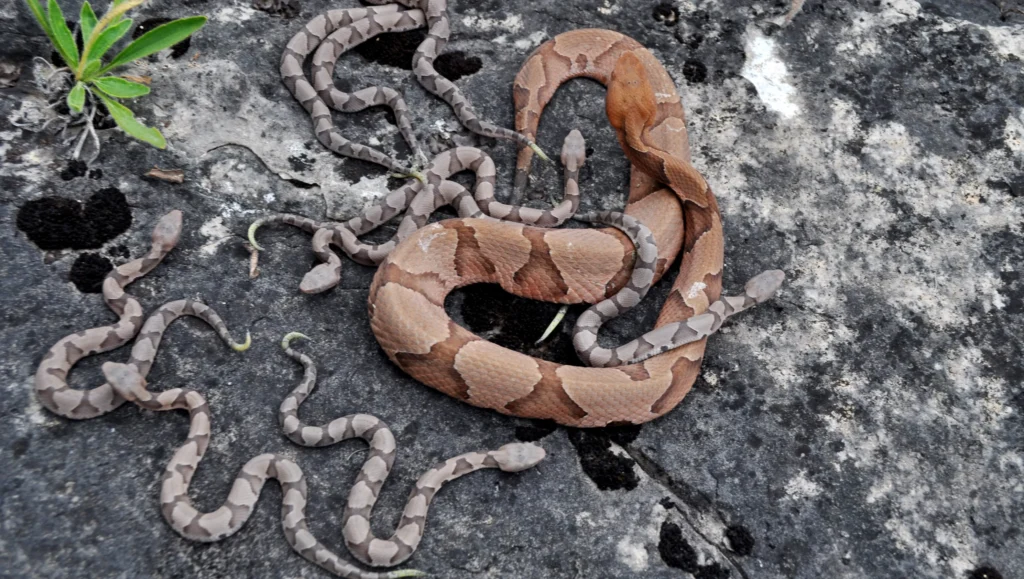
For homeowners concerned about snake presence, habitat modification represents the most effective long-term strategy for reducing encounters without harming these beneficial animals. Eliminating potential hiding places like unsecured woodpiles, debris accumulations, or dense ground-level vegetation can significantly reduce a property’s attractiveness to snakes seeking shelter. Rodent control measures, including securing trash, removing bird feeders or containing seed spillage, and sealing potential entry points into structures, eliminate the primary food attraction for many snake species. Creating a 1-2 foot gravel perimeter around foundations devoid of vegetation creates a thermal and physical barrier many snakes prefer not to cross, effectively creating a buffer zone around the home. Sealing potential entry points into structures with weatherstripping, door sweeps, and screens over vents prevents snakes from accessing interior spaces while improving energy efficiency simultaneously.
Venomous Species Considerations

While most snakes attracted to residential areas are harmless and beneficial, some regions do host venomous species that may occasionally appear around homes, requiring specific awareness and precautions. Copperheads (Agkistrodon contortrix) demonstrate the strongest association with suburban environments among North American venomous species, sometimes establishing populations in developed areas with suitable habitat remnants. Rattlesnakes may inhabit rural properties adjacent to natural areas, particularly around rock features, woodpiles, or abandoned structures that provide suitable shelter. In the southeastern United States, cottonmouths (Agkistrodon piscivorus) may be encountered near artificial ponds or drainage features on residential properties adjacent to wetland habitats. Learning to identify the venomous species specific to your region, maintaining appropriate caution during outdoor activities, and teaching children appropriate awareness represent reasonable precautions without developing excessive fear of all snakes.
Cultural Attitudes and Misunderstandings
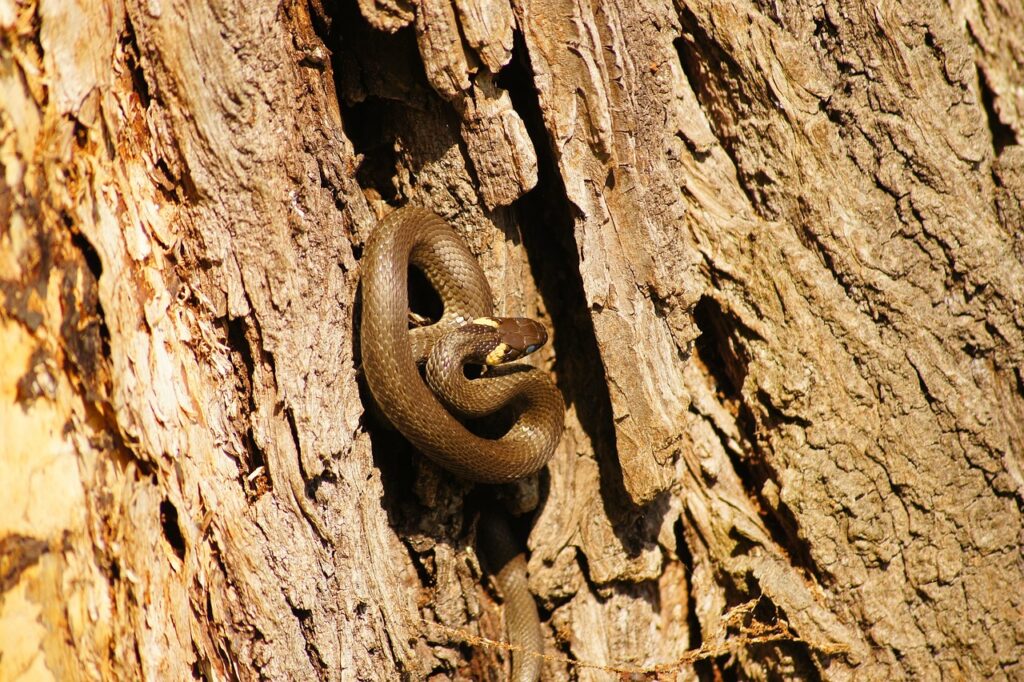
Cultural perceptions of snakes vary dramatically worldwide, influencing how different communities respond to finding these animals near their homes. Western cultural traditions often associate snakes with danger or evil, stemming from religious symbolism and reinforced by media portrayals that exaggerate risks and rarely highlight beneficial aspects of these animals. Many indigenous and Eastern cultural traditions, conversely, recognize snakes as important symbols of wisdom, renewal, or spiritual power, fostering more tolerant attitudes toward their presence. Misconceptions about snake behavior abound in popular culture, with many people incorrectly believing snakes are aggressive, slimy, or actively seeking human encounters, when in reality most species are secretive, dry-skinned, and attempt to avoid people whenever possible. Educational outreach by wildlife professionals increasingly focuses on correcting these misunderstandings to foster more tolerant attitudes toward these ecologically valuable animals.
Conservation Implications in Changing Landscapes
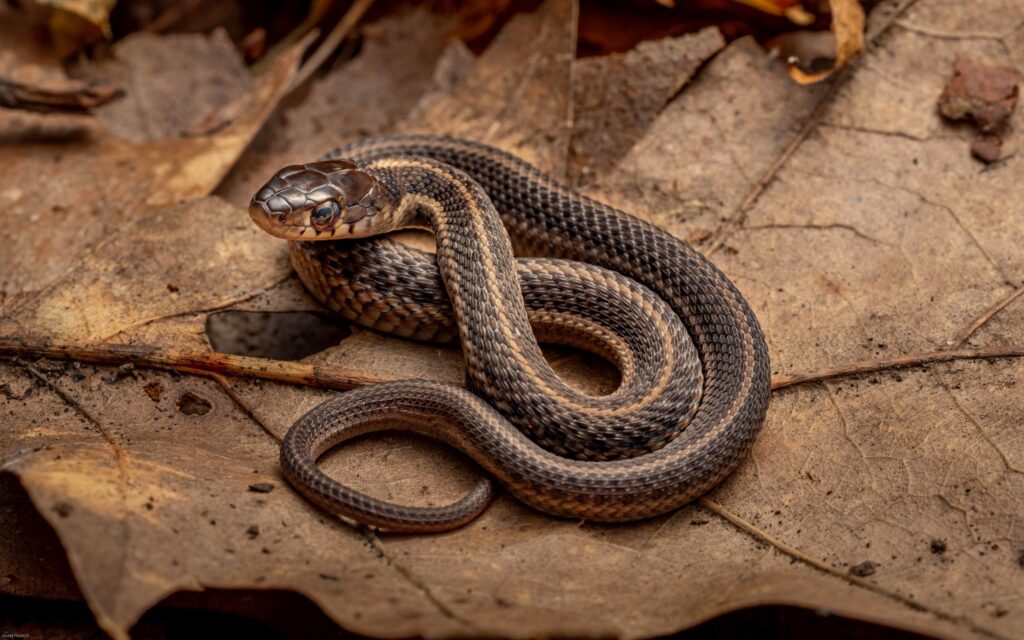
The ability of certain snake species to adapt to human-dominated landscapes has significant conservation implications as natural habitats continue to diminish globally. For adaptable species, residential areas may serve as important refuge habitats in regions where natural ecosystems have been severely fragmented or destroyed by development. Urban ecology research increasingly recognizes the conservation value of these “novel ecosystems” that blend human structures with elements of native habitat, potentially supporting populations of species that might otherwise decline. However, even human-tolerant snake species face numerous threats in developed areas, including road mortality, persecution by fearful residents, predation by domestic cats and dogs, and exposure to pesticides and other toxins. Finding ways to preserve biodiversity in human-dominated landscapes represents one of conservation biology’s most pressing challenges, with synanthropic snake species serving as valuable models for understanding adaptation to anthropogenic environments.
Living Harmoniously with Serpentine Neighbors
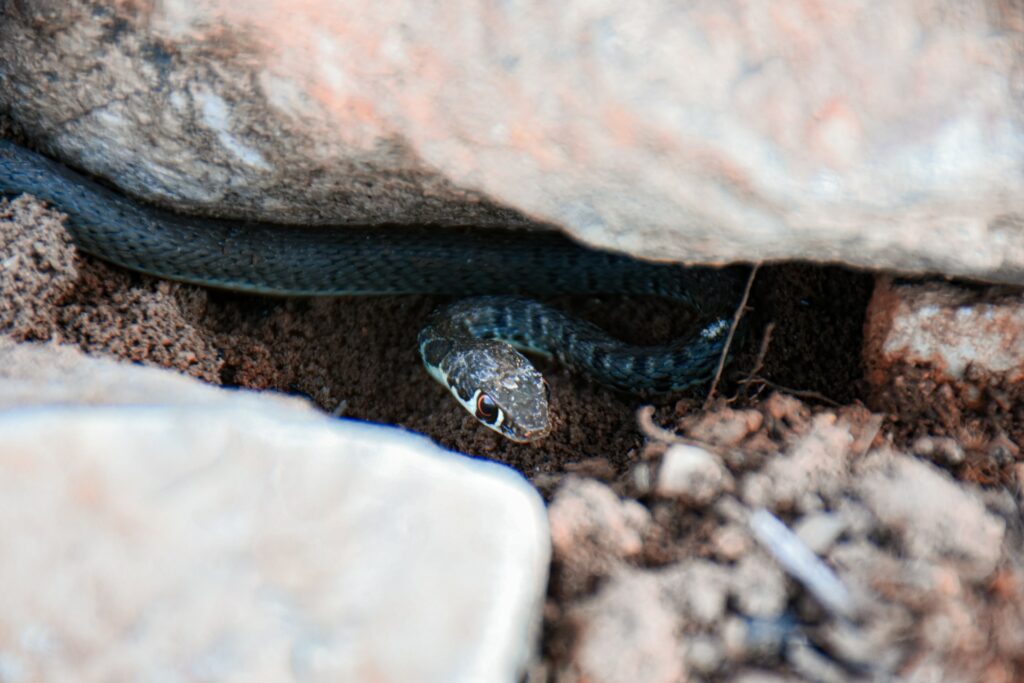
With appropriate knowledge and perspective, homeowners can develop peaceful coexistence with the snakes that share their properties. Appreciating the ecological benefits these animals provide, particularly rodent control and insect management, helps transform fear-based reactions into recognition of snakes as partners in maintaining healthy residential ecosystems. Creating designated “wildlife-friendly” zones on properties, perhaps in more distant garden areas or natural borders, can concentrate snake activity away from high-use human spaces while maintaining their beneficial presence. Educational opportunities abound for families, using occasional snake sightings as chances to teach children about native wildlife, respect for all creatures, and responsible observation practices. Many homeowners who initially feared finding snakes on their properties eventually come to appreciate these remarkable animals, sometimes even recognizing individual resident snakes that provide years of pest control services and fascinating glimpses into the natural world.
Conclusion

The relationship between snakes and human habitations exemplifies the complex ways wildlife adapts to our expanding footprint on the landscape. Rather than viewing these reptilian neighbors with fear, understanding their ecological roles and the specific attractions of our homes helps foster more informed perspectives. Snakes that choose to live near humans are responding to the ecological opportunities we unintentionally create—abundant food, protective shelter, suitable microclimate conditions, and reliable water sources. As we continue to transform natural landscapes, the species that can adapt to our presence will increasingly define wildlife experiences for most people. By embracing knowledge over fear and coexistence over conflict, we can appreciate these remarkable animals as they navigate the complex environments we create, providing valuable ecological services while offering fascinating windows into the adaptability of wildlife in our human-dominated world.

